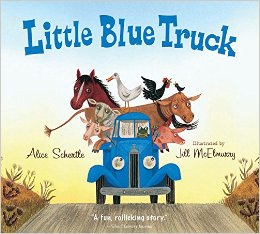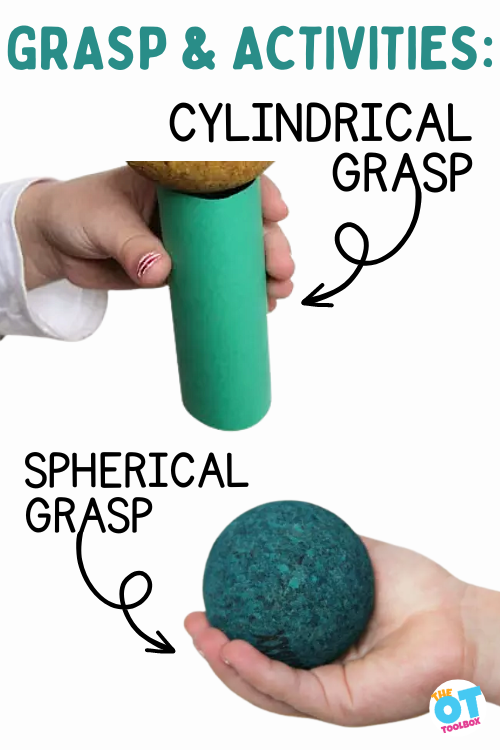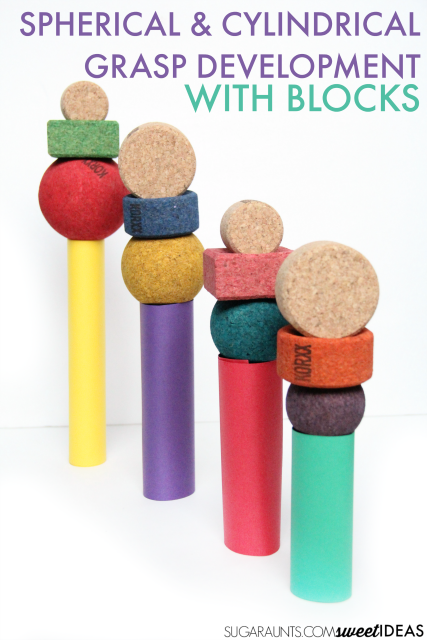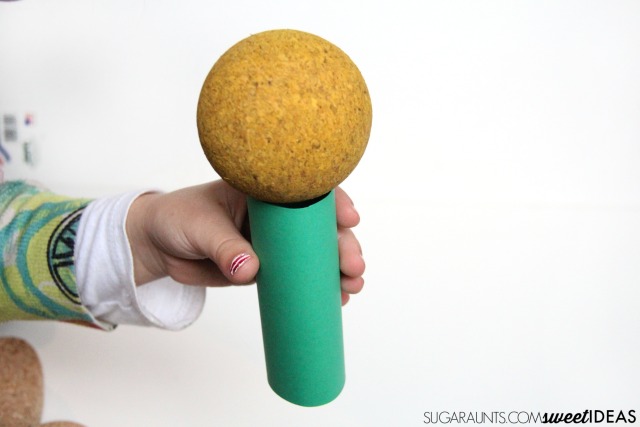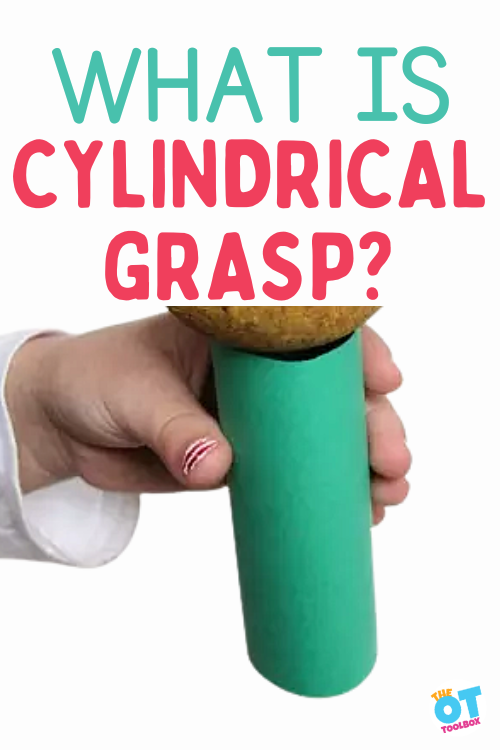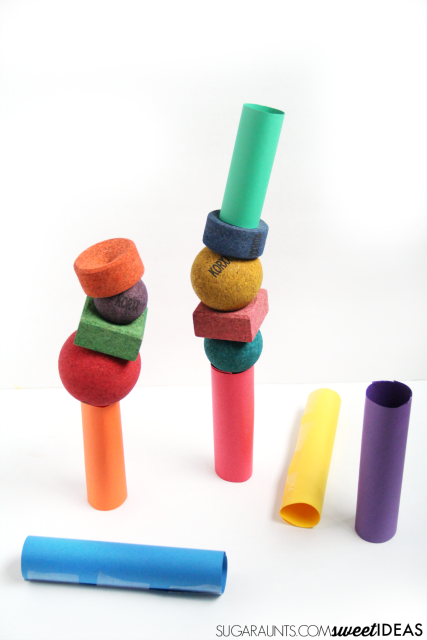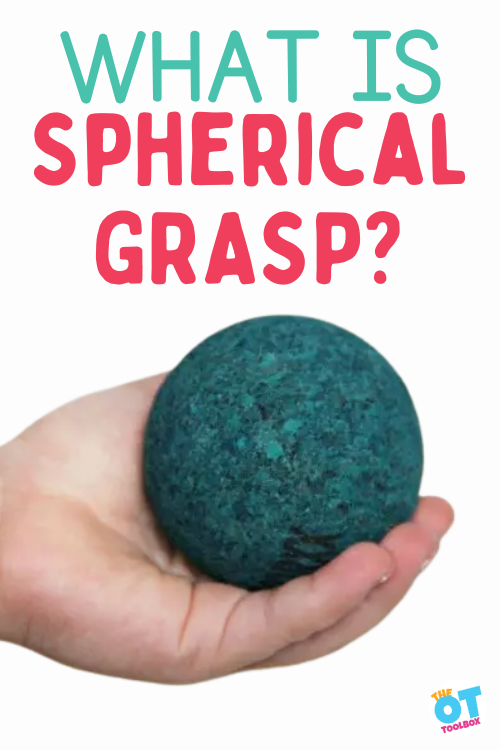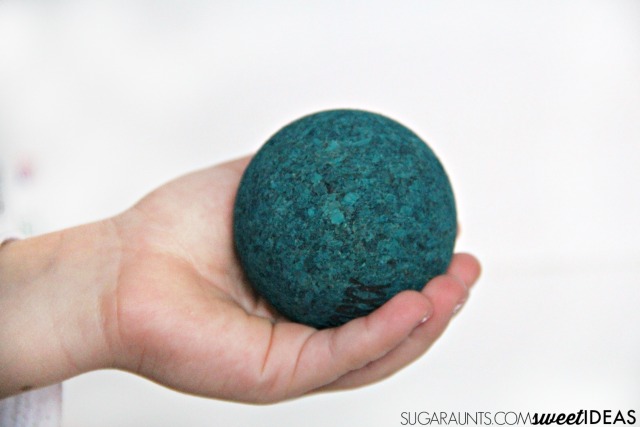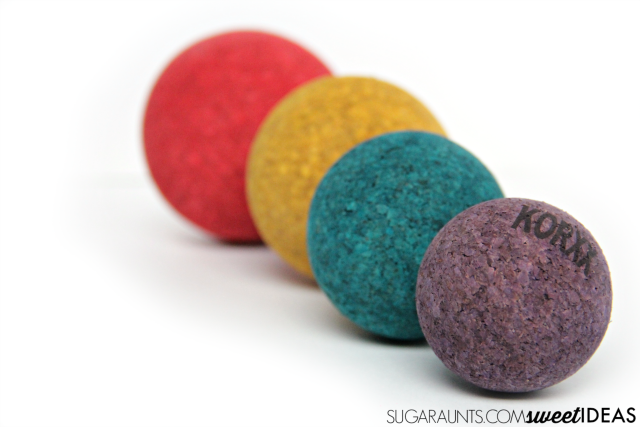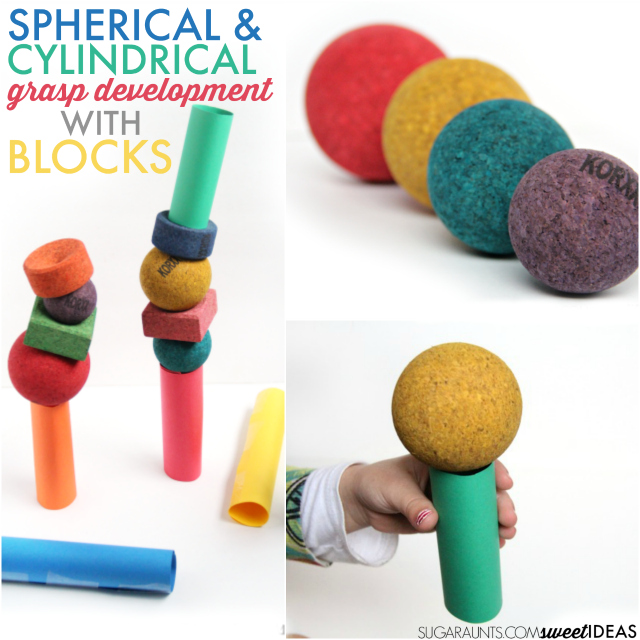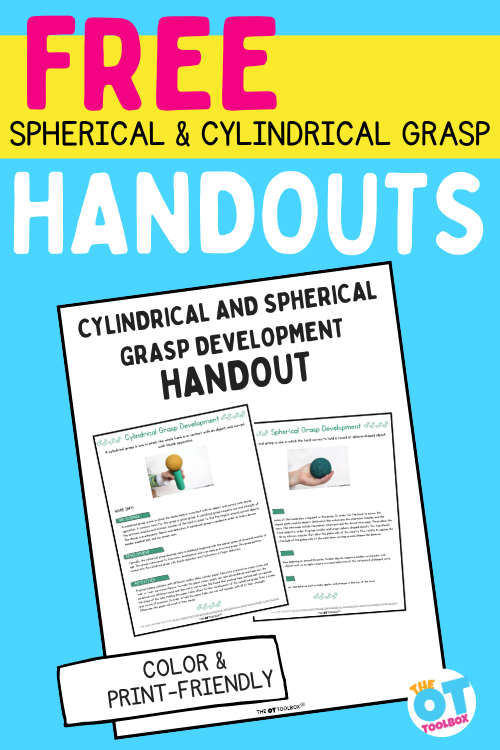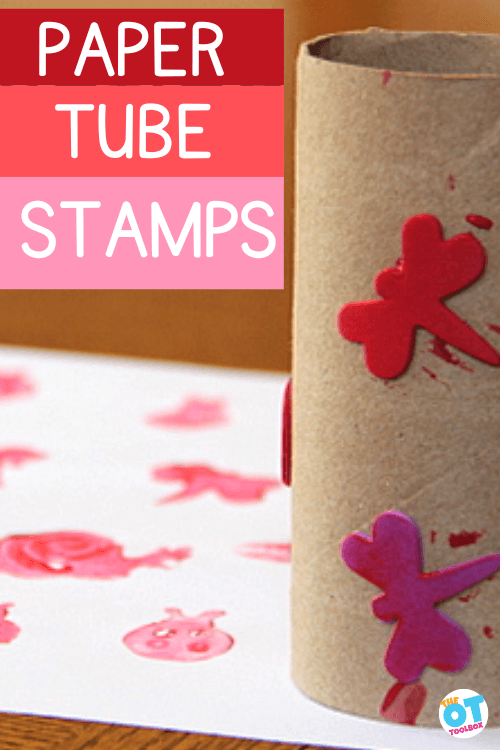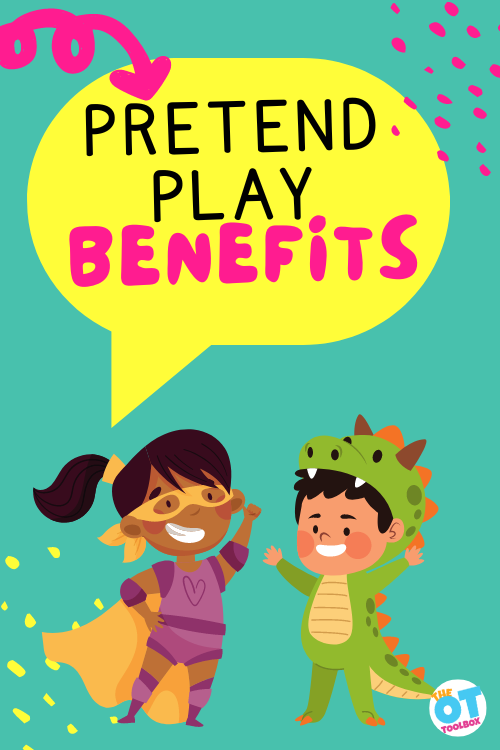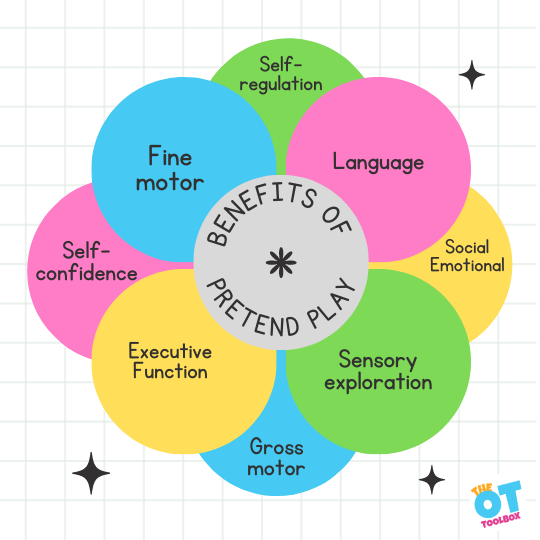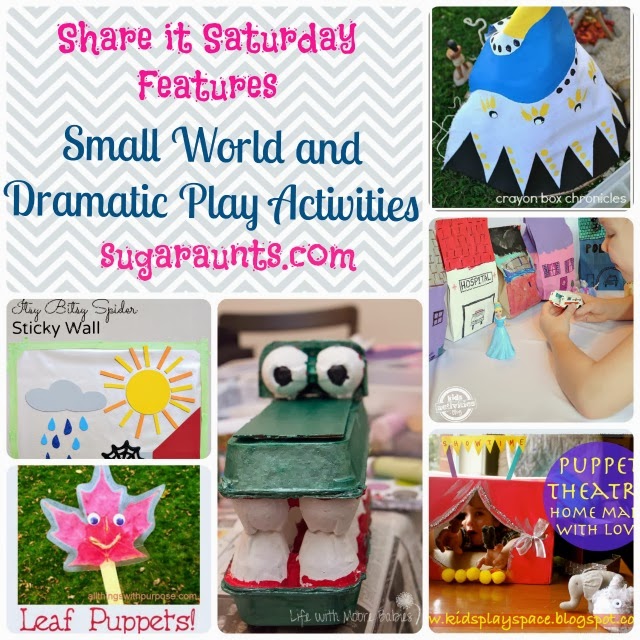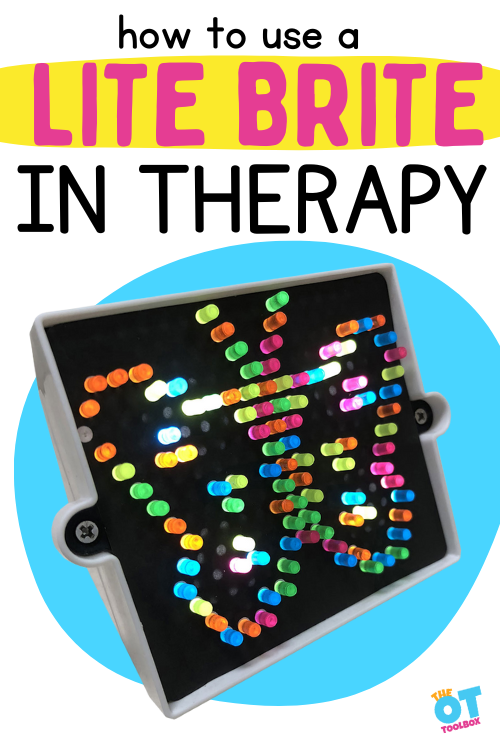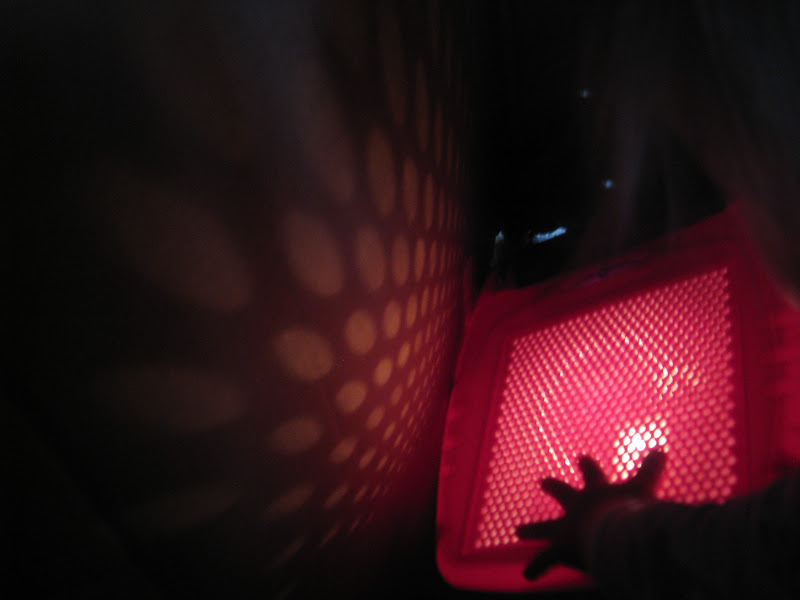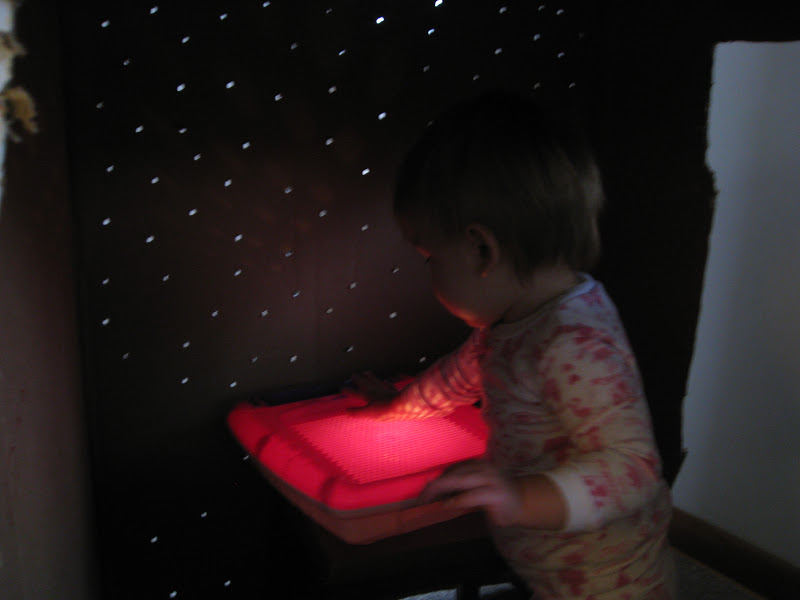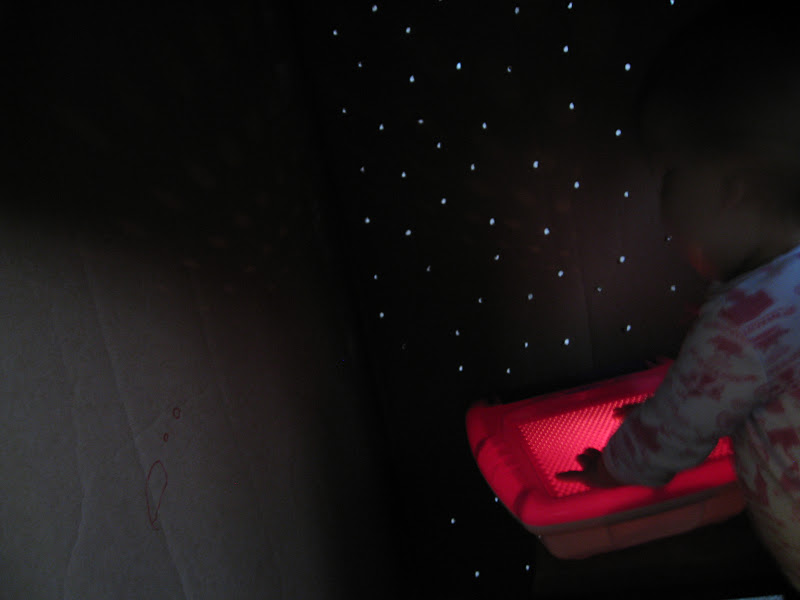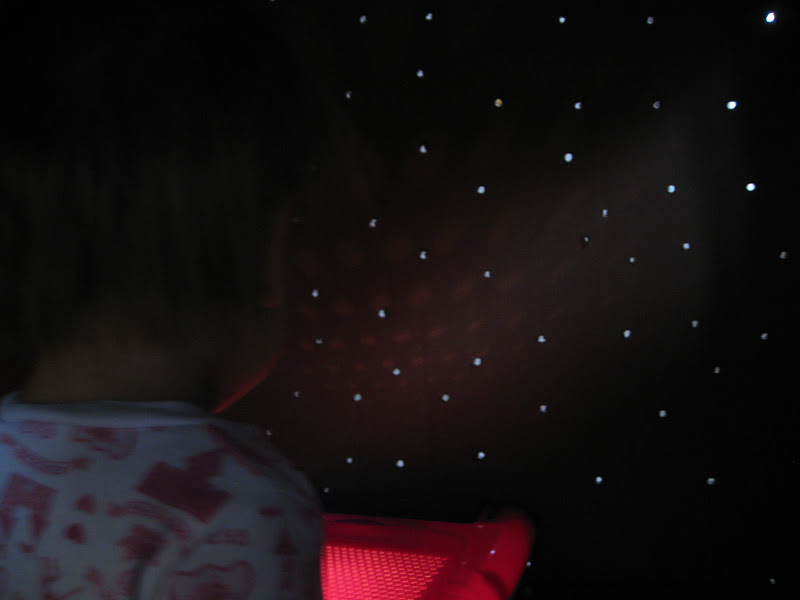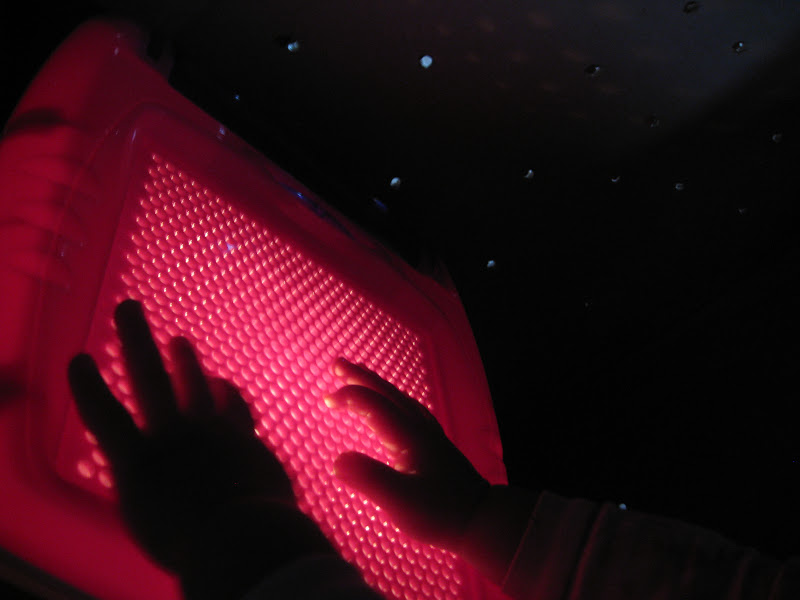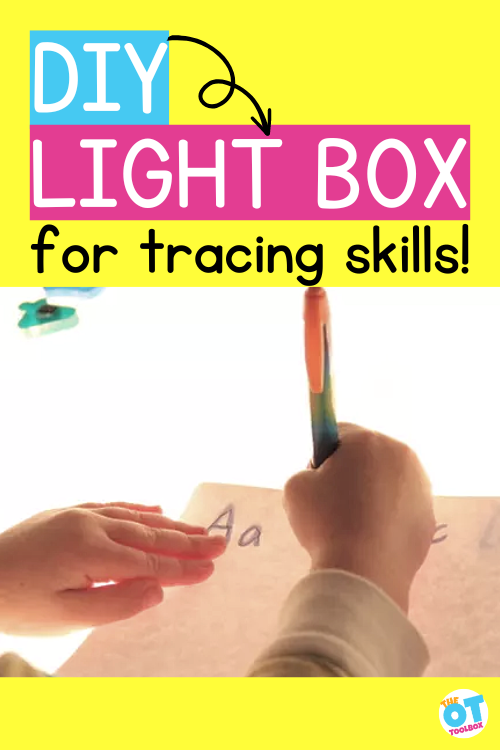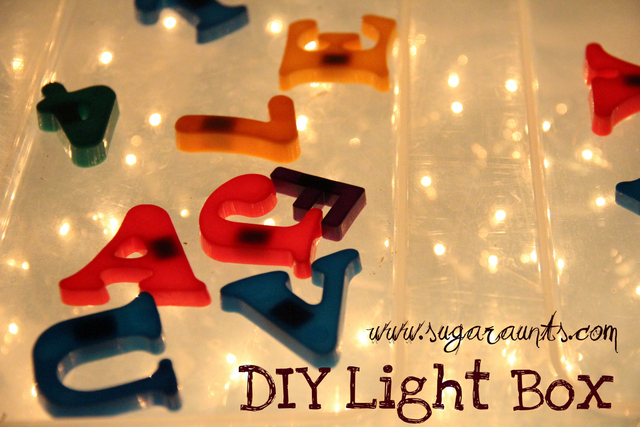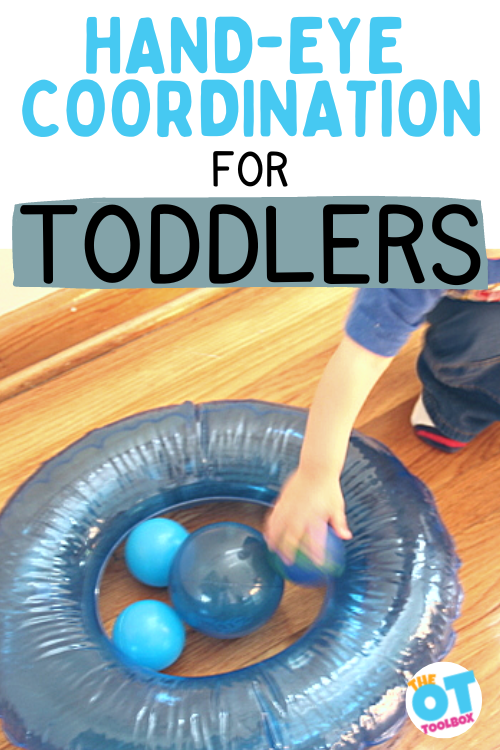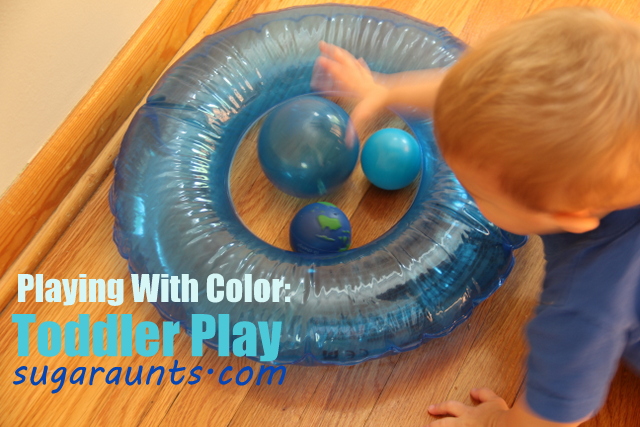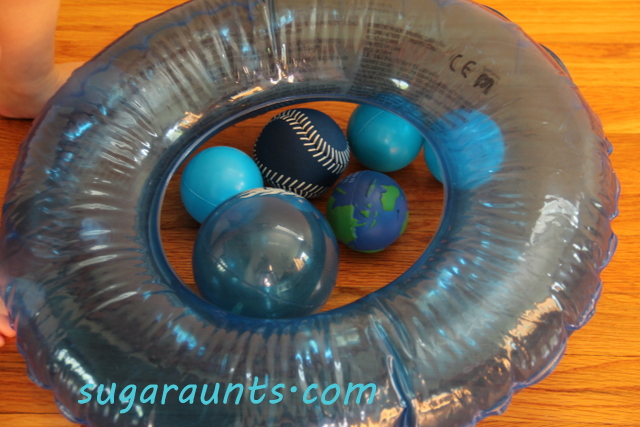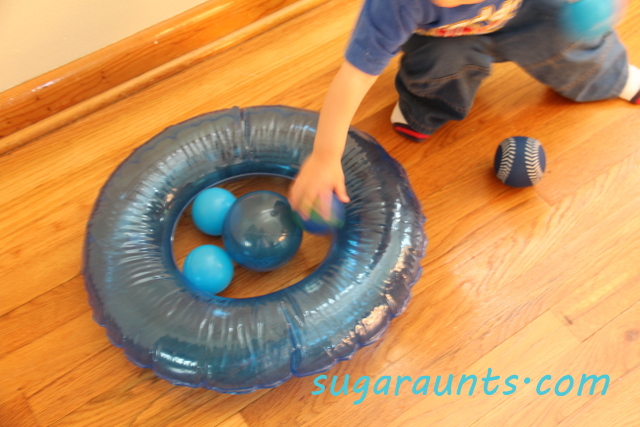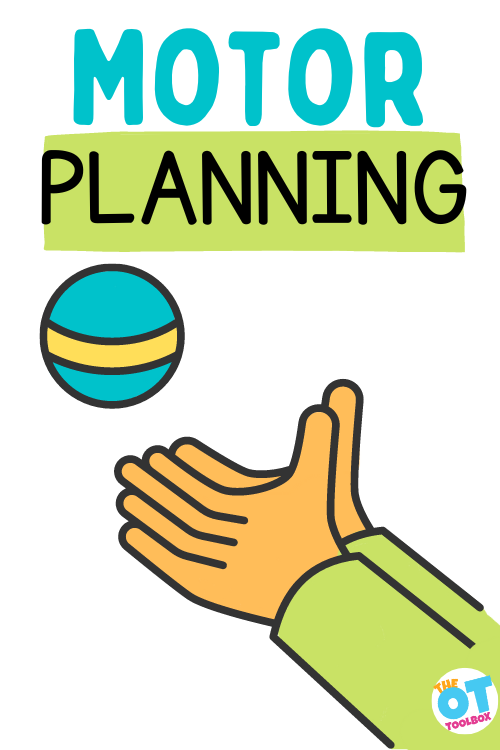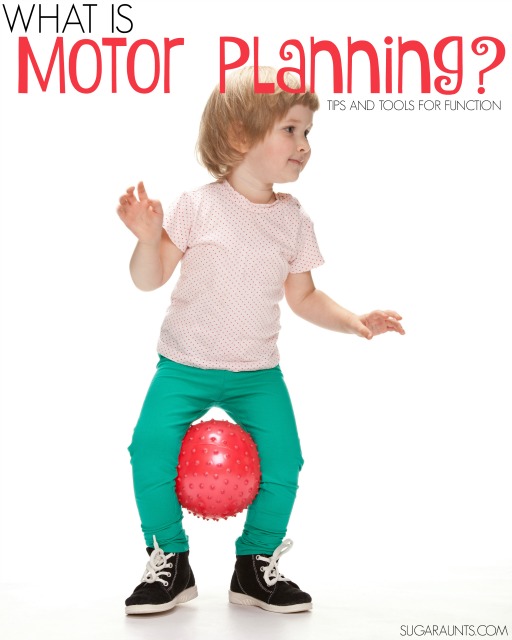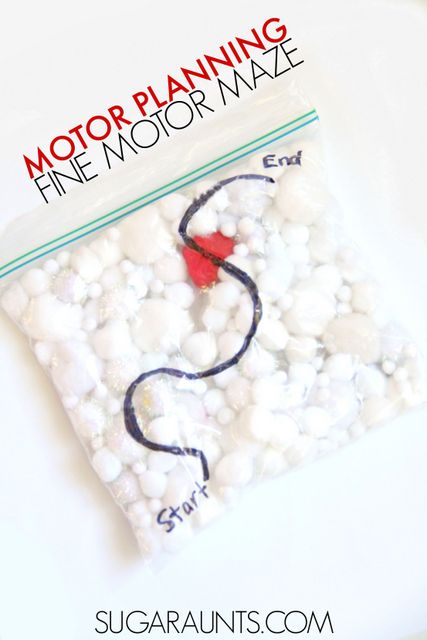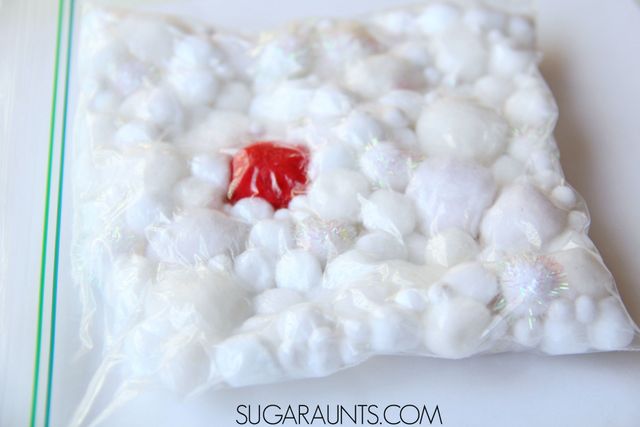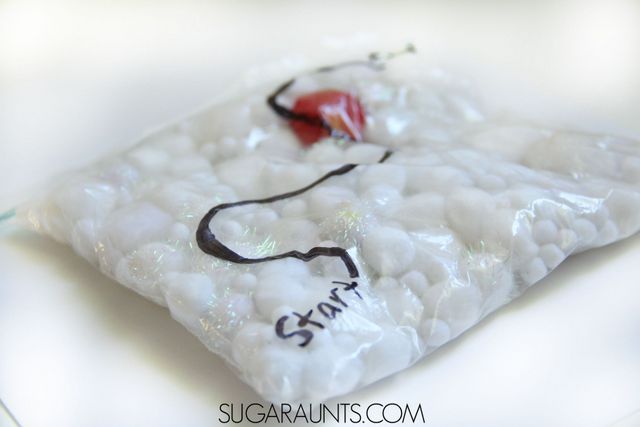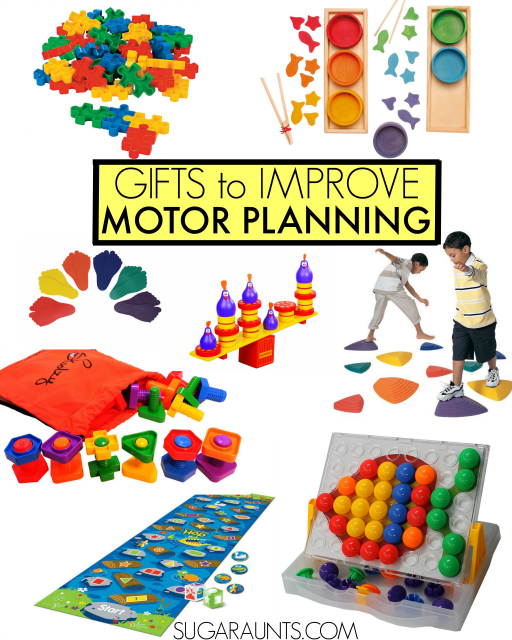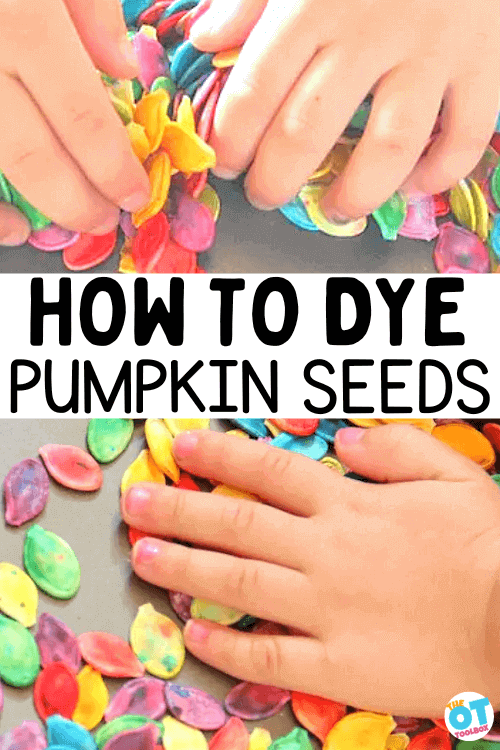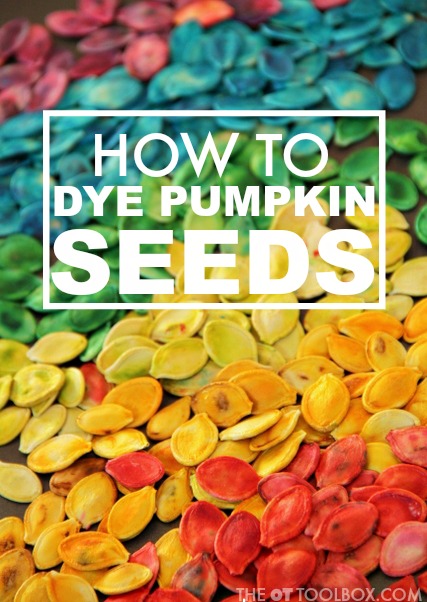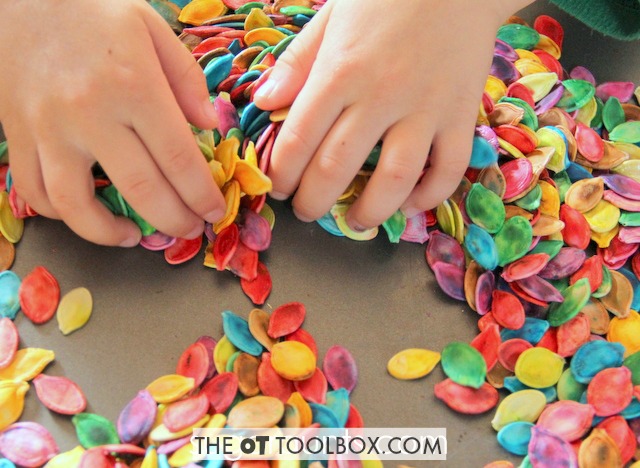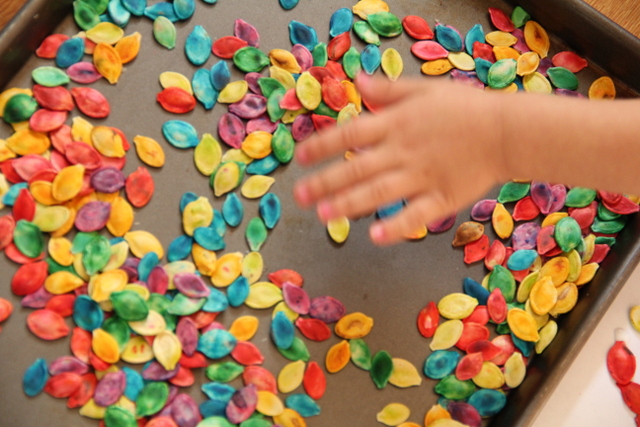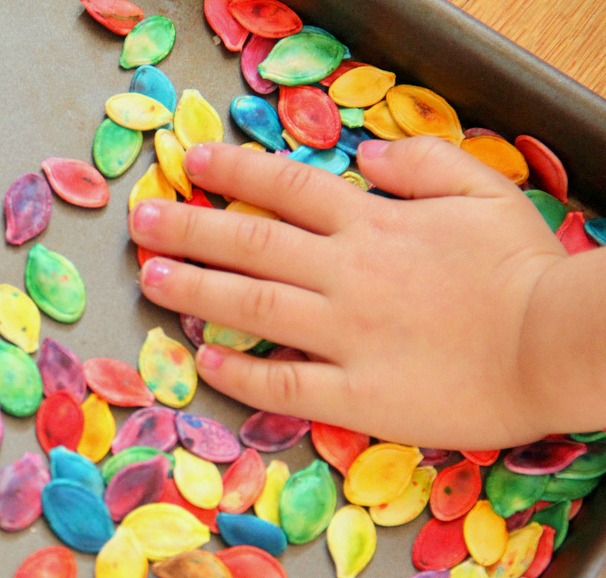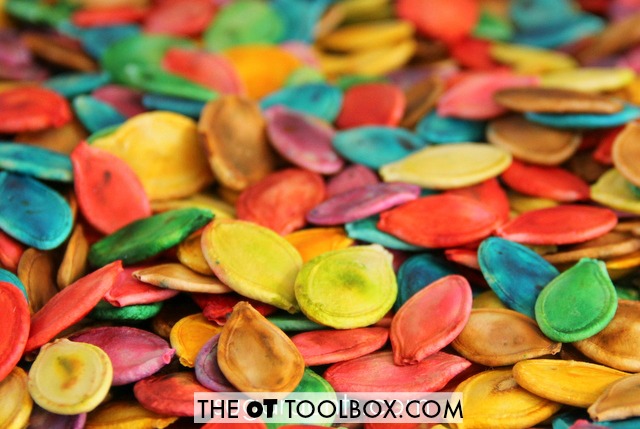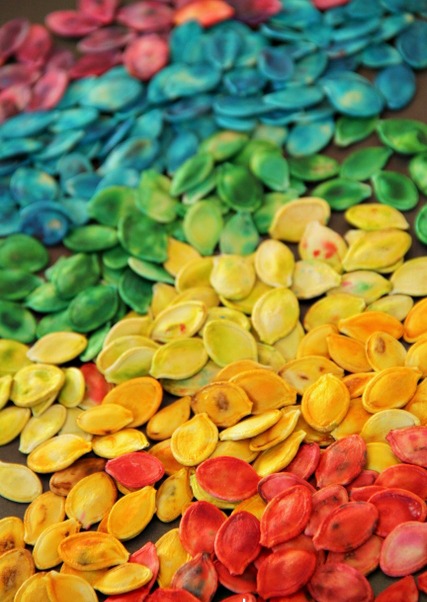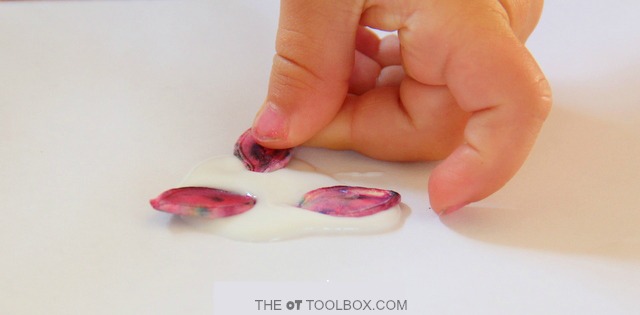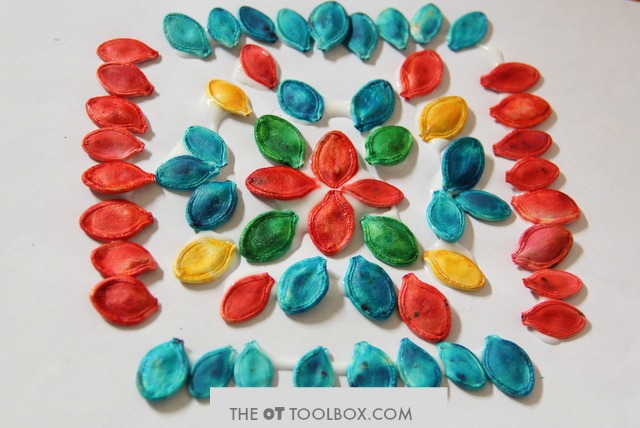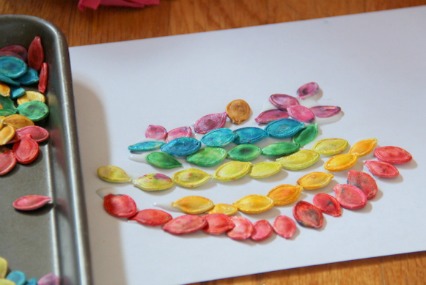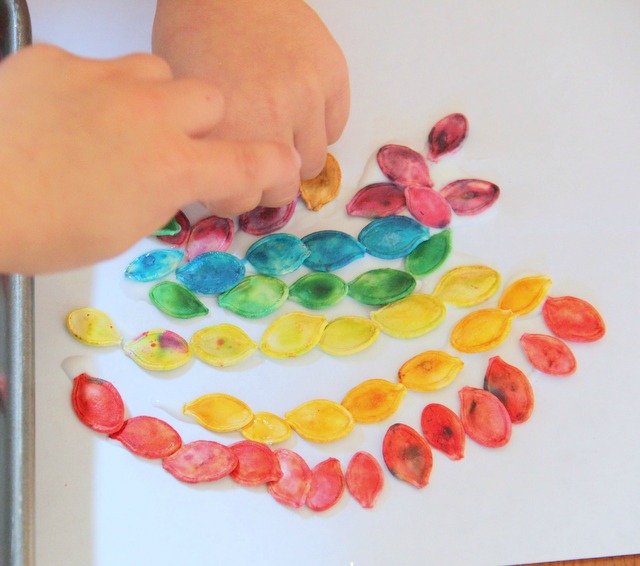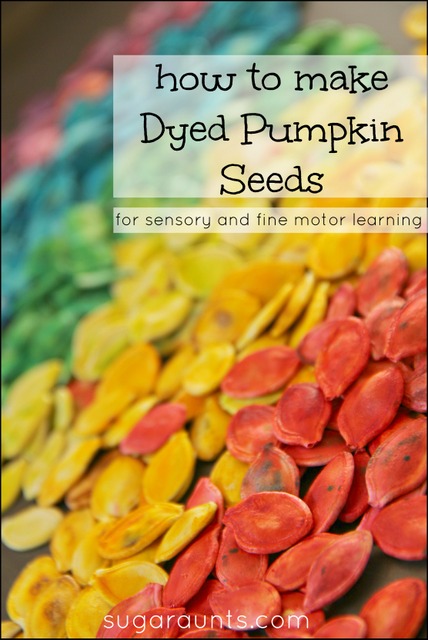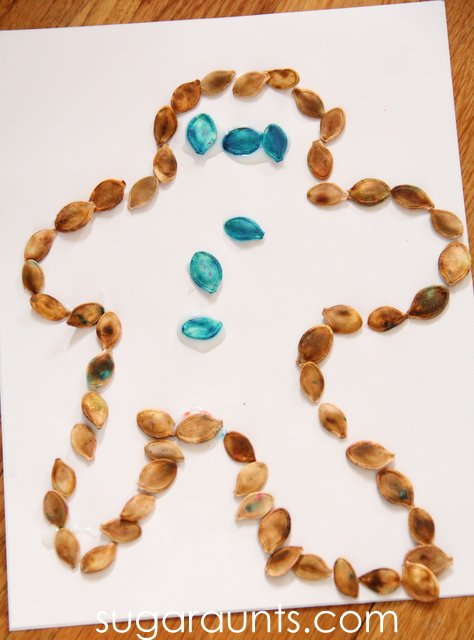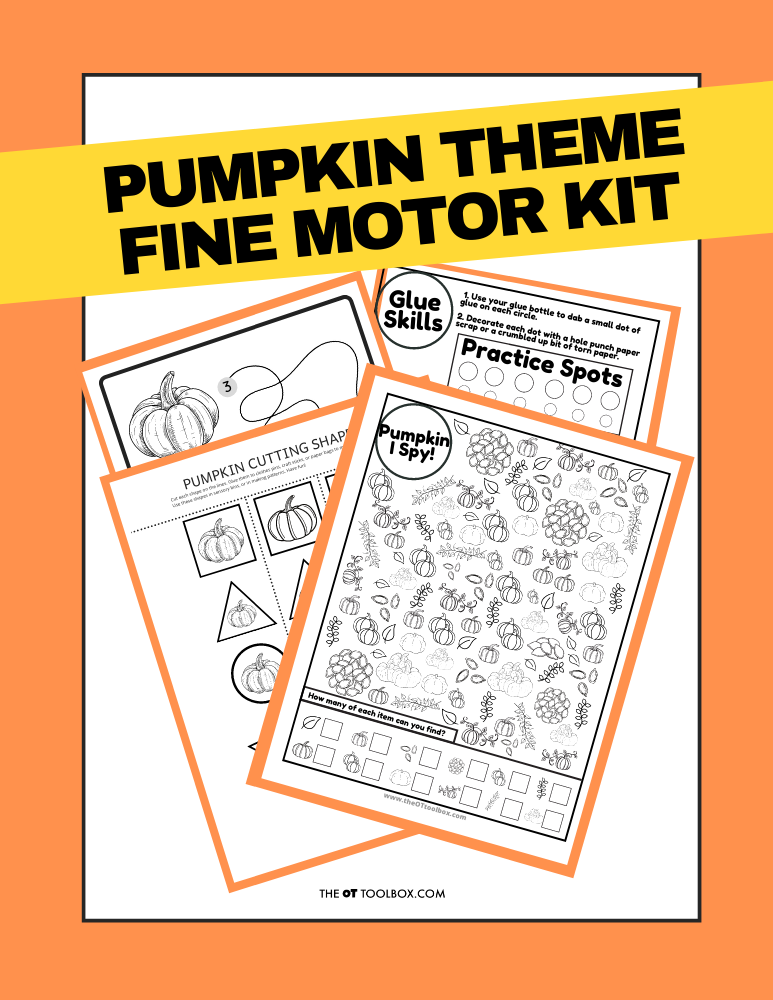Today we have a fun addition to our brain break collection here at The OT Toolbox: Farm Brain Breaks! Brain breaks are such a useful tool for boosting attention and focus in the classroom. This is just one of the farm activities that we love as a therapy tool for building skills in kids. So, check out the Farm Brain Break activities below, along with the fun ways to use these movement activities in farm obstacle courses, farm stations, and more!
As an Amazon Influencer, I earn from qualifying purchases.
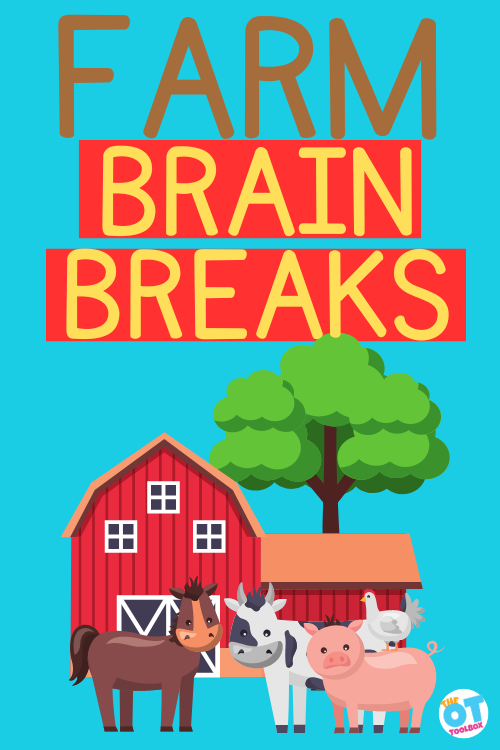
Farm Brain Breaks
We love this printable set of farm themed brain breaks because a farm theme is great for this time of year. Kids LOVE cows, chicken, roosters, pigs, and so adding a twist to the regular brain break activities makes the skill-building fun and engaging.
You can probably think of a dozen or more animal walks, but having a set of farm animal brain breaks all in one place is perfect as a therapy tool for supporting self-regulation and heavy work needs.
Why Farm Brain Breaks?
Here’s the thing: Taking a sensory-based movement break in between learning tasks is a great way to help kids with sensory needs and without re-group and attend to classroom work.
Brain breaks are a great gross motor coordination activity, too. For the child that needs to work on skills such as the ones listed below, these farm gross motor activities do the job!
- Balance
- Standing on one foot
- Hopping
- Skipping
- Squatting and standing back up
- Building core strength
- Balance in a dynamic position
This month in the Virtual Book Club for Kids series, we read the fun book, Little Blue Truck and created farm animal themed brain breaks that are perfect for movement and sensory needs like vestibular activities in the classroom.
Sometimes creative movement can be just the movement and gross motor exercise that kids can use as a sensory tool for effectively addressing needs in the classroom.
Brain Breaks use vestibular and proprioceptive input to address the sensory needs that can help kids with their attention and focus during classroom tasks. This can also support body awareness.
Kids that need to boost their level of alertness with fast movements. Those kids that seem to droop and lose attention during classroom work may benefit from a vestibular sensory movement activity that uses the whole body.
Children that need to calm their body’s movements and regulate their sensory system may benefit from slow, rocking movements using the vestibular sensory system or heavy work gross motor activities that utilize the body’s proprioception system.
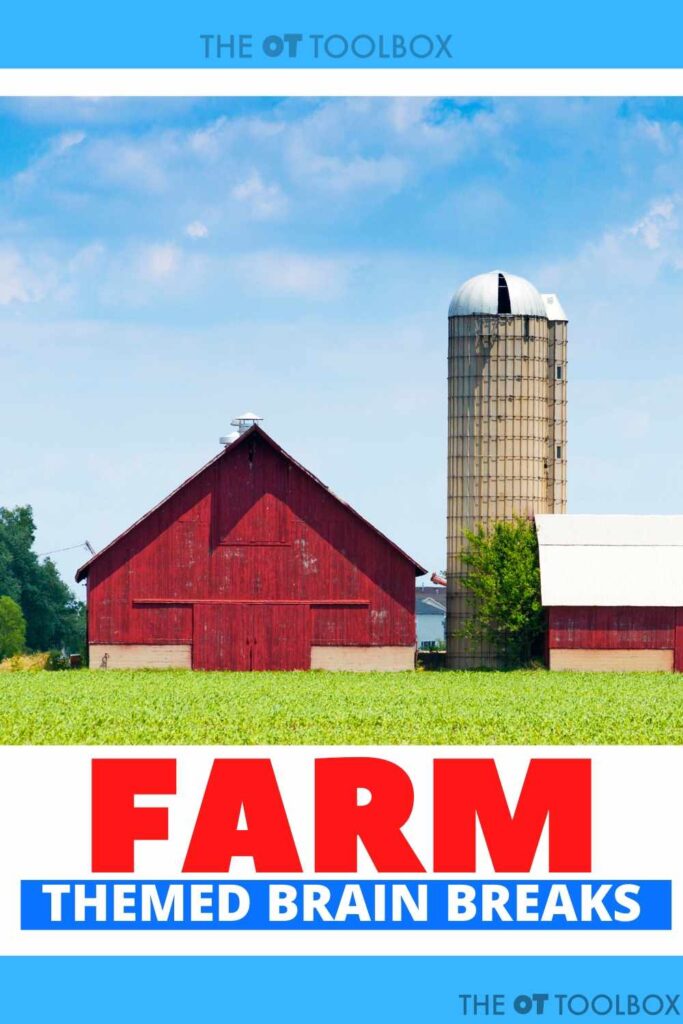
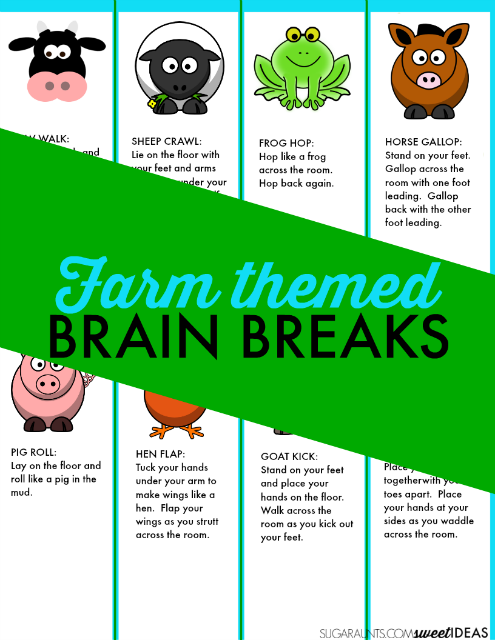
Little Blue Truck Farm Themed Brain Breaks
We came up with the brain break ideas in our farm theme based on the book, Little Blue Truck. This is a fun way to explore books in occupational therapy sessions to keep things fun and engaging.
This post contains affiliate links.
With the animals in Little Blue Truck (affiliate link), we focused on the farm animals and how they move and work to help our friend, the little blue truck. There are many ways that kids can use the typical movements of farm animals to address sensory and attention needs in the classroom.
In the book, Little Blue Truck (affiliate link), we meet each of the farm animals that say a friendly “hello” to the little blue truck. When he ends up stuck in the mud, the animals are the one that come to help their truck friend.
This book is such a fun way to look at the way friends can work together in small ways to help make big things happen. What a great way to look at the way the class works together to make changes.
A group of classroom students that each do their part to pay attention and focus can make the whole classroom a better place.
We decided to use the movements of the animals in Little Blue Truck (affiliate link) to create gross motor, movement-based brain breaks. These are activities that can be done in conjunction with the book and used all year long for attention and focus in the classroom.
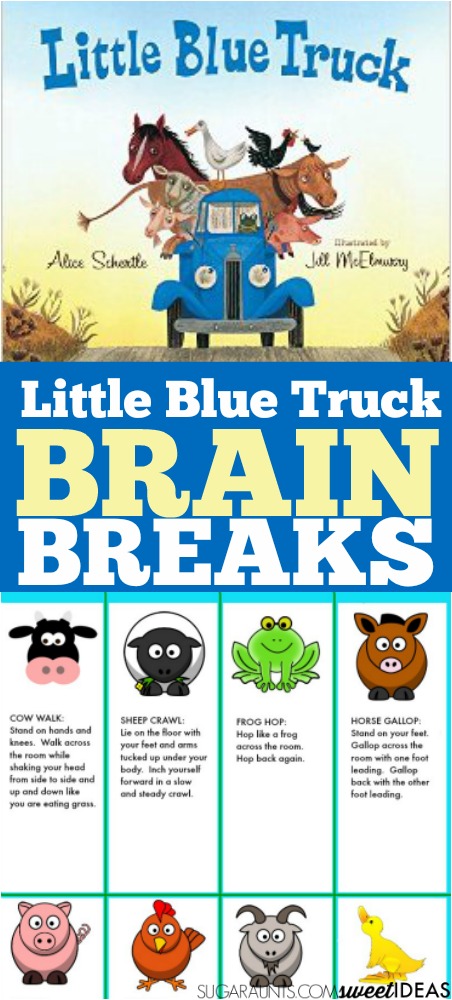
How to use Farm themed Brain Breaks
Print off your brain break printable sheet. The form is at the bottom of this blog post. Simply enter your email address and the printable will arrive in your inbox.
Then, cut out the cards and start to play! These animal brain break cards can be used to add movement within the classroom. They can be used at home or in therapy sessions. We love to use these along with other farm activities and crafts.
Some fun ways to use these farm brain breaks are below:
Farm Obstacle Course
One way to support gross motor skills is with a Farm obstacle course:
- Place the farm brain break cards in an obstacle course.
- Ask the child to go through the course by crawling as they push a tractor or pretend to be a tractor, doing animal walks, or moving on a floor scooter.
- When they get to a brain break, they should stand up and complete the brain break action.
- They can then move onto the next activity.
Farm Stations
Set up stations around the room using the farm brain break cards. Here’s what this entails:
- Place the brain break activities in various places around the room. These will be the farm stations.
- The child can go to the first farm station and pick up the brain break card. They can collect a small farm animal figure in their hand.
- Ask them to copy the name of the animal onto paper.
- Then they should complete the gross motor farm animal action.
- If it’s an animal walk, they can use that farm animal walk to move to the next station.
- Ask them to take the animal figure with them to encourage in hand manipulation as they collect more and more animal figures.
- At the end of all of the farm stations, the child can then place the animal figures into play dough like we did in our farm play dough sensory bin.
Farm Writing Prompts
Use the brain breaks as a warm up for handwriting.
- Select one of the farm brain break cards.
- Then ask the child to follow the directions to complete the brain break action.
- Next, use that card as a farm writing prompt. They can write a sentence or two about the animal such as their favorite thing about that animal, the role it plays on a farm, etc.
- Or grade the activity down by simply asking the child to write the name of the animal as the farm writing prompt.
Little Blue Truck Activities
Use these brain break activities based on the animals in the book (Amazon affiliate links) Little Blue Truck (affiliate link):
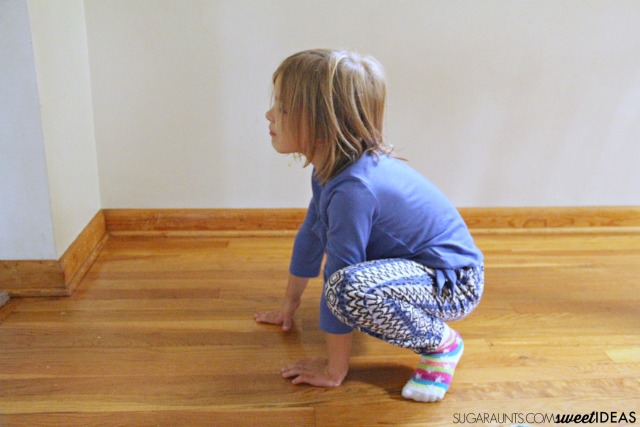

Cow Walk: Stand on you hands and knees. Walk across the room while shaking your head from side to side and up and down like eating grass.
Sheep Crawl: Lie on the floor with your feet and arms tucked under you. Inch yourself forward in a slow and steady crawl.
Frog Hop: Hop like a from across the room. Hop back again.
Horse Gallop: Stand on your feet. Gallop across the room with one foot leading. Gallop back with the other foot leading.
Pig Roll: Lay on the floor and roll like a pig in the mud.
Hen Flap: Tuck your hands under your arms to make wings like a hen. Flap your wings as you strut across the room.
Goat Kick: Stand on your feet and place your hands on the floor. Walk across the room as you kick out your heels.
Duck Waddle: Place your heels together with your toes apart. Place your hands at your sides and waddle across the room.
Print out your printable animal brain break cards.
Add heavy work to these activities by pushing against the wall like the animals in the book (affiliate link) push against the little blue truck to help their friend out of the mud.
These farm animal themed brain breaks would work for any of these farm book.
Looking for more movement and learning brain breaks? You’ll love this dinosaur version based on the book, Dinosaurumpus! (affiliate link)
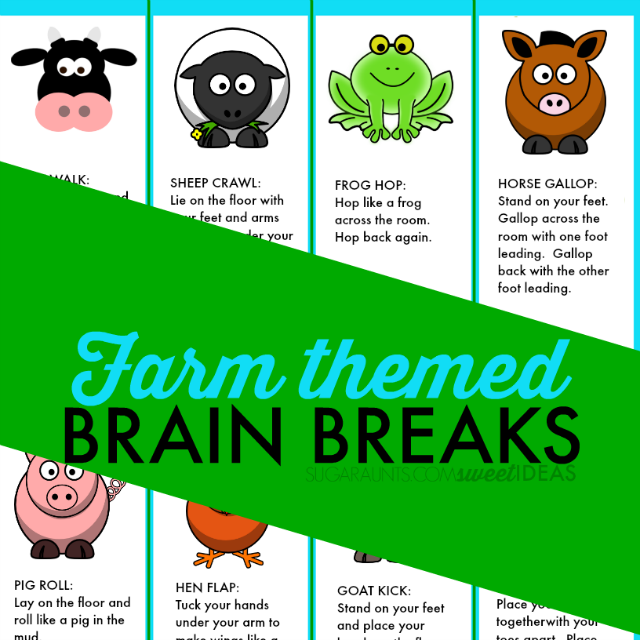
Looking for more farm themed activities?
These Farm brain breaks go very well with our Farm Therapy Kit! It has 93 pages of farm activities and therapy resources:
- Farm connect the dot pages
- Farm crafts
- Farm visual motor activities using bales of hay
- Farm sensory motor movement tasks
- Farm handwriting activities
- Farm visual discrimination tasks
- Farm executive functioning tasks
- Farm letter cards
- And much more!
Get your copy of the Farm Therapy Kit here!
Free Farm Brain Breaks
Print off the farm brain breaks page and get started with gross motor activities! This item is also found in our membership under Level 1 along with all of the other free printables on our site. It’s also found in Level 2 under Farm Theme.
Not a member yet? Join us today!

Colleen Beck, OTR/L has been an occupational therapist since 2000, working in school-based, hand therapy, outpatient peds, EI, and SNF. Colleen created The OT Toolbox to inspire therapists, teachers, and parents with easy and fun tools to help children thrive. Read her story about going from an OT making $3/hour (after paying for kids’ childcare) to a full-time OT resource creator for millions of readers. Want to collaborate? Send an email to contact@theottoolbox.com.


